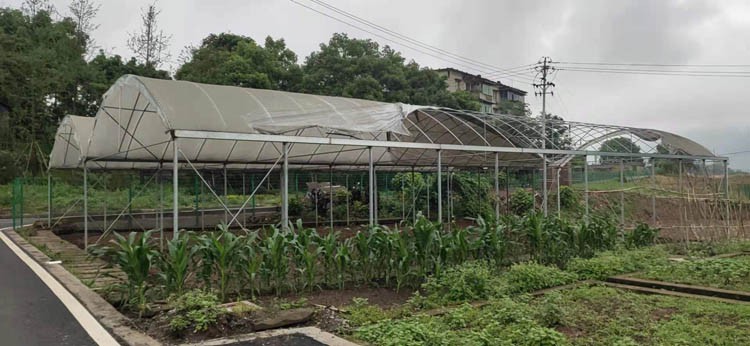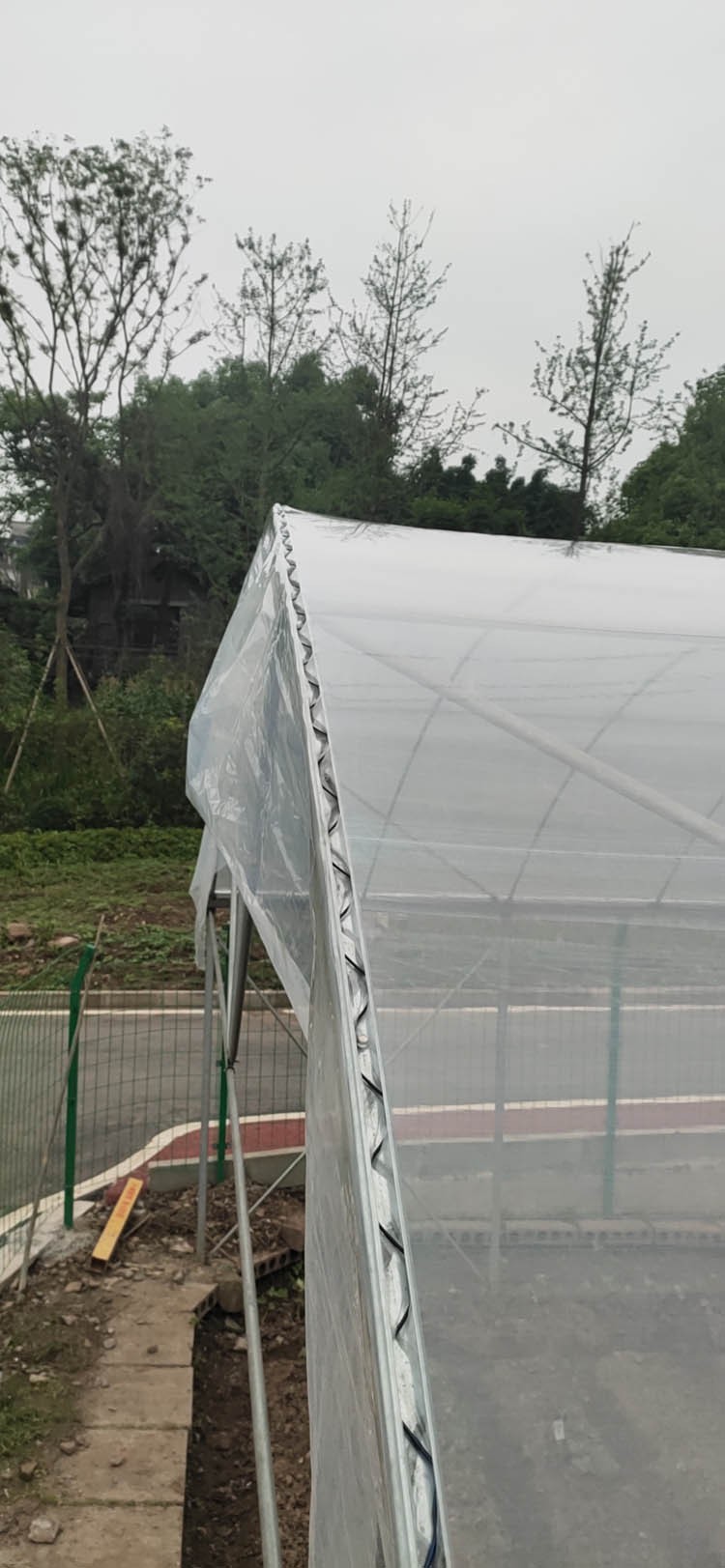The maintenance method of thin film greenhouse lays a solid foundation for the planting of fruits and vegetables in facility agriculture
As various regions actively respond to the call, they continue to introduce corresponding agricultural policies according to local conditions to promote the transformation and upgrading of local agriculture. As an important carrier for agricultural development, greenhouse projects have many types. Thin-film solar greenhouses are one of them with a wide range of applications. The solar greenhouse also needs to be properly maintained in the process of use, in order to prolong the service life and be more conducive to agricultural production. So what are the maintenance methods of thin-film solar greenhouses?
The maintenance method of the film solar greenhouse must first check the sealing condition. The sealing condition directly affects the energy consumption of the solar greenhouse. It is mainly to check whether the sealing condition of all the seals and sealing strips is complete, and then the glue treatment part to check whether there is cracking, peeling and aging. If there are other problems, the edge parts of the sunroof and side windows should be checked regularly, and any problems should be solved immediately. In addition, special attention should be paid to the maintenance of the sunroof and side window control motors, transmissions, push-pull rods, gears, main shafts, window shafts, and mechanical structural components, especially the regular inspection of lubrication conditions, and push-pull rods Whether there is a stuck problem, whether the opening and closing of the sunroof and side window is normal, etc., it is recommended again that once a quarter in winter and once a month less in summer.
1. You can use a homemade soft brush, along with a hose to spray water to wash the top of the greenhouse, and clean one by one. If you can't wash it, you can use a triangular ladder.
2. During the use of the solar greenhouse, if the film is slack, it is easy to fluctuate up and down when encountering strong winds, causing damage to the film. If the film is found to be slack, it should be tightened and fixed immediately.
3, the long-term use of the solar greenhouse, the damage of the film is inevitable, and it should be repaired in time. Welding repairs, plastic glue sticking, and covering with a new film can be taken.
4. Because of the high temperature and high humidity in the solar greenhouse, it is easy to cause the skeleton to become moldy and rot, so that the bearing capacity is reduced, resulting in breakage and damage. Therefore, anti-corrosion treatment should be implemented before use.
5. The film solar greenhouse should strictly prohibit the fire source to avoid fire.
The thermal insulation of the film solar greenhouse project is directly related to the element that is closely related to the growth of plants - temperature. The main reason is that the soil layers of the three walls can store heat during the day, and at night, it can continuously supply heat to the greenhouse to keep the temperature stable and meet the needs of plant growth.








